
Умная почта, быстрый бизнес. Автоматически помечайте, анализируйте и отвечайте на запросы, котировки, заказы и многое другое — мгновенно.
В тренде
Categories
Trends and Developments in the Wide-Body Aircraft Engine Market
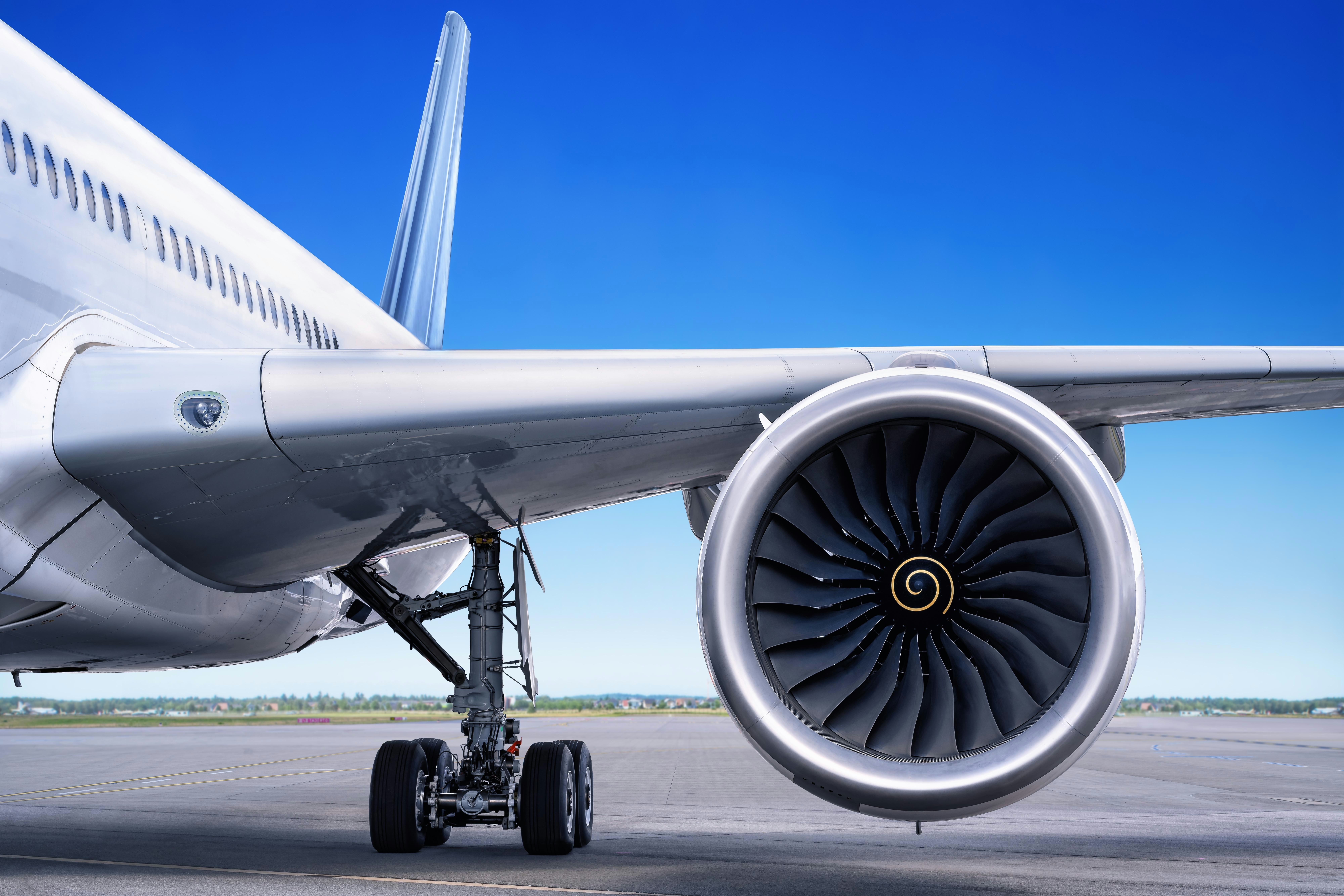
Trends and Developments in the Wide-Body Aircraft Engine Market
The global wide-body aircraft engine market is experiencing notable growth, driven by increasing demand for air travel and expanded cargo transportation. Market forecasts indicate an expansion from USD 27.03 billion in 2024 to USD 35.0 billion by 2032, reflecting a compound annual growth rate (CAGR) of approximately 3.28%. This upward trajectory is supported by several critical factors, including the resurgence of international travel—particularly in emerging economies—and airlines’ ongoing efforts to modernize their fleets with more fuel-efficient and environmentally sustainable wide-body aircraft.
Market Dynamics and Growth Drivers
A key catalyst for market growth is the recovery of international travel, especially within the Asia-Pacific region, where demand for long-haul flights continues to increase. Airlines are investing in next-generation engines to comply with operational and regulatory standards, with a pronounced focus on reducing carbon emissions. The aviation sector’s commitment to sustainability, including ambitious targets to halve net CO2 emissions by 2050 relative to 2005 levels, is accelerating the adoption of advanced engine technologies designed to meet these environmental goals.
Technological Advancements and Innovation
Technological innovation remains central to the evolution of the wide-body aircraft engine market. Manufacturers are developing engines that offer enhanced fuel efficiency, reduced emissions, and improved overall performance. The incorporation of lightweight composite materials alongside digital technologies for predictive maintenance is revolutionizing engine design and operational management. These advancements not only align with environmental objectives but also enable airlines to achieve significant cost savings through improved fuel economy and decreased maintenance requirements.
Despite these advancements, the introduction of new-generation engines has presented challenges. Industry analysts, including AIP Capital, have highlighted initial reliability issues with some advanced engines, which can affect operational efficiency. Furthermore, shifts in regional demand—such as fluctuations impacting engines like the CFM56-5A—necessitate adaptive strategies from manufacturers and airlines, including evolving maintenance practices and managing constrained supply chains.
Competitive Landscape
The wide-body aircraft engine market is dominated by leading manufacturers such as General Electric (GE) Aviation, Rolls-Royce, and Pratt & Whitney. These companies are heavily investing in research and development to sustain their competitive positions and address the evolving requirements of the aviation industry. Rolls-Royce, for instance, has reported a significant increase in earnings driven by strong demand for its engines powering Airbus and Boeing aircraft. Similarly, Safran has raised its profit forecast for 2024 amid robust demand for its products and services.
In response to market challenges and supply limitations, industry players are increasingly forging closer partnerships with suppliers, particularly in the procurement of used serviceable materials, to maintain competitiveness and ensure operational reliability.
Regional Insights
North America and Europe currently lead the wide-body aircraft engine market, supported by well-established aerospace infrastructure, extensive commercial fleets, and substantial investments in research and development. However, the Asia-Pacific region is emerging as the fastest-growing market, propelled by expanding middle-class populations and rising demand for air travel.
As the market continues to develop, stakeholders are navigating a complex landscape of opportunities and challenges, balancing innovation and sustainability with operational reliability and strategic adaptation.

Boeing Invests $85 Million in Canadian Innovation Zone Espace Aéro
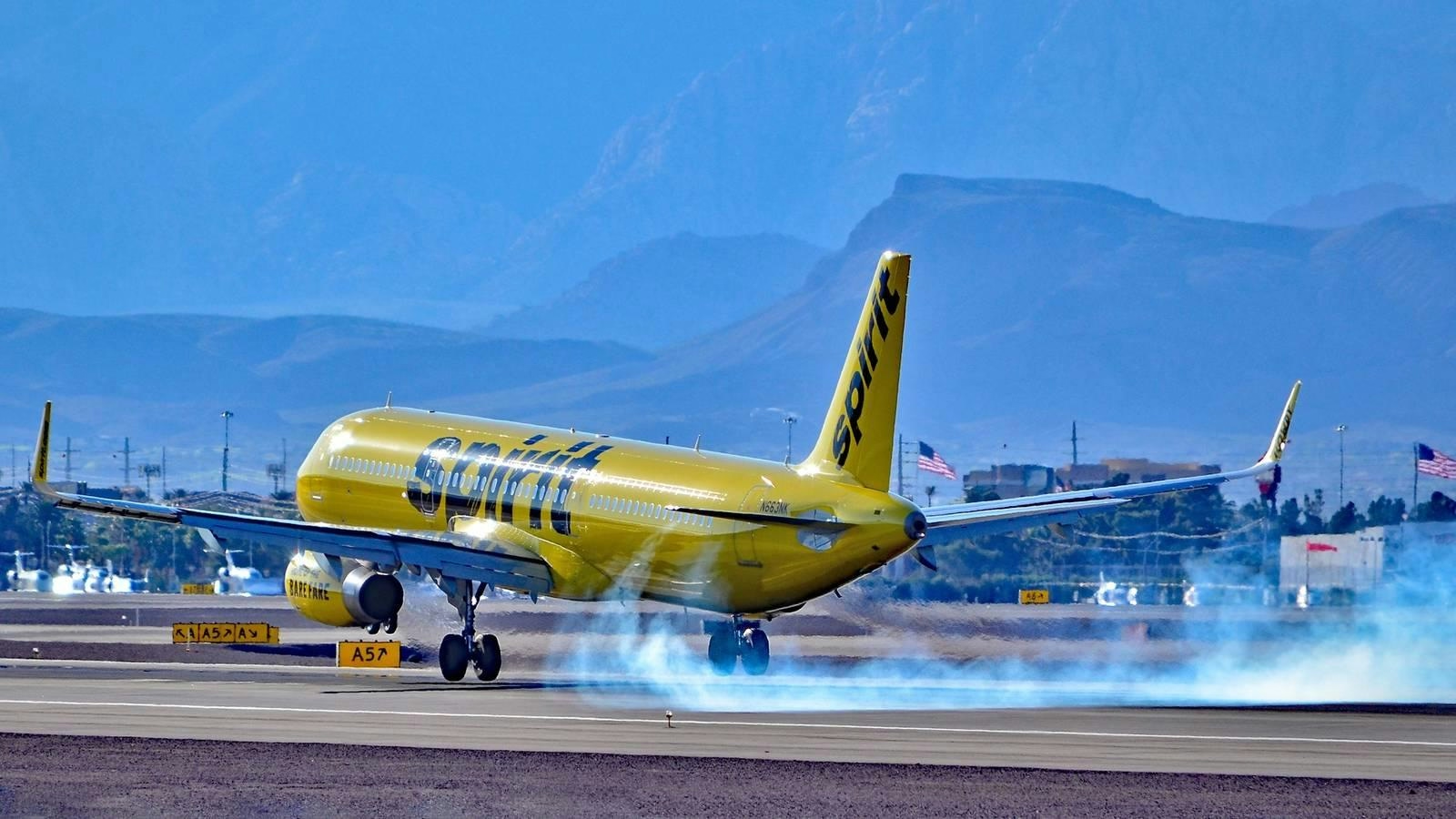
Spirit Airlines to Reject 87 Aircraft Leases

Legacy Manufacturing Integrates Advanced AAM Technologies
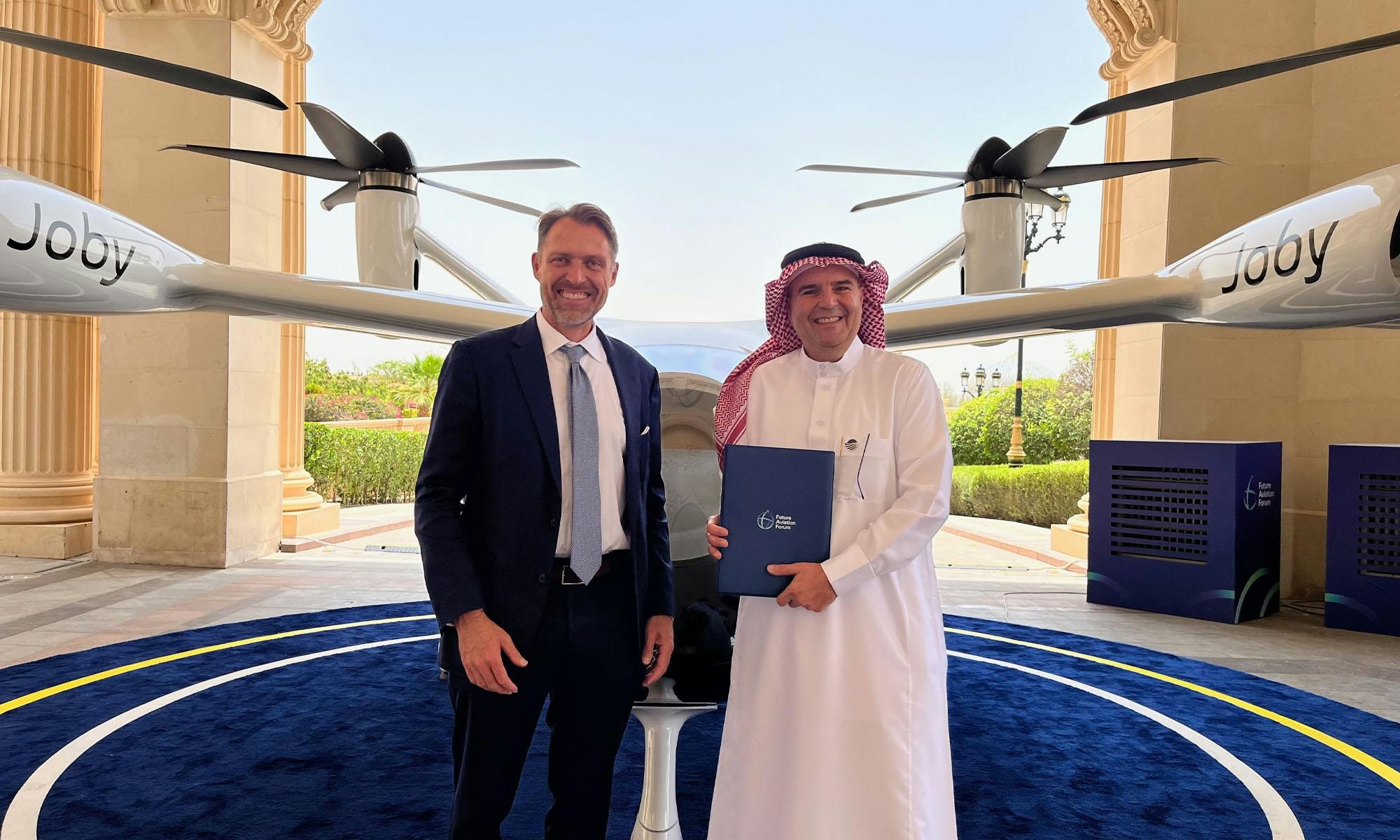
Joby Aviation Partners with UAE for Air Taxi Launch Amid Global Expansion
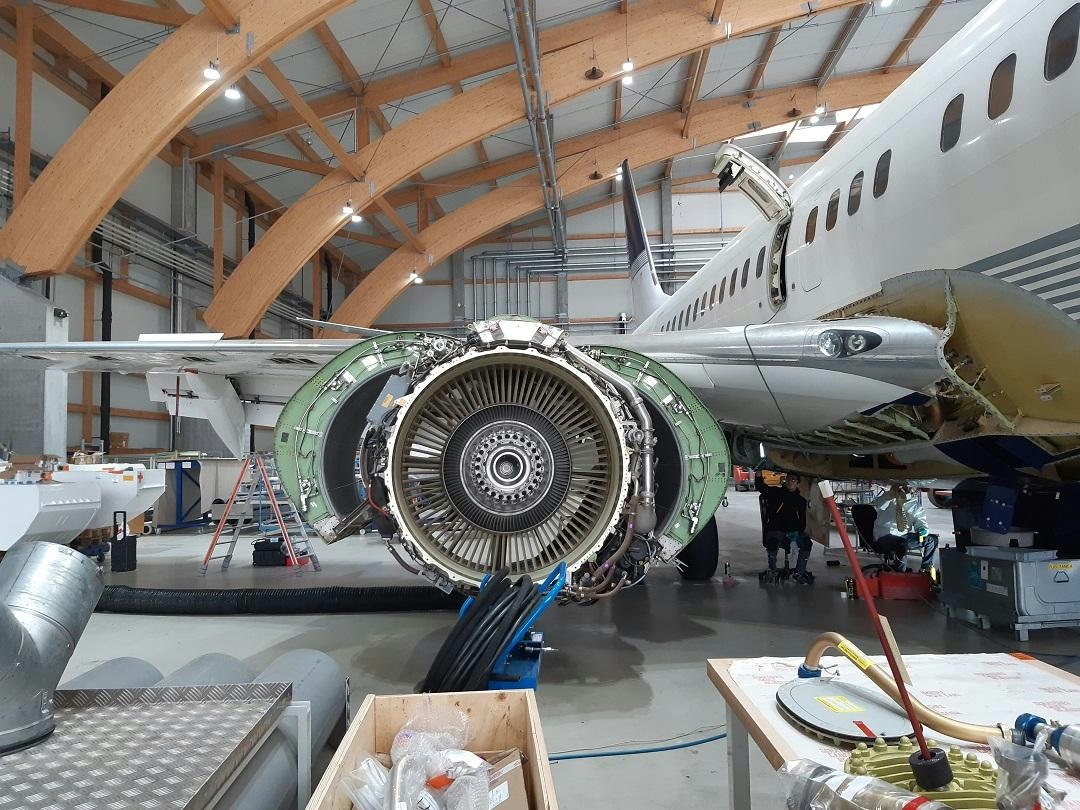
BBJ 737 Inspections Conducted at AMAC Aerospace in Bodrum, Turkey

Air India Moves 60 Domestic Flights to Delhi Airport Terminal 2; AI Express Shifts All Local Flights to Terminal 1
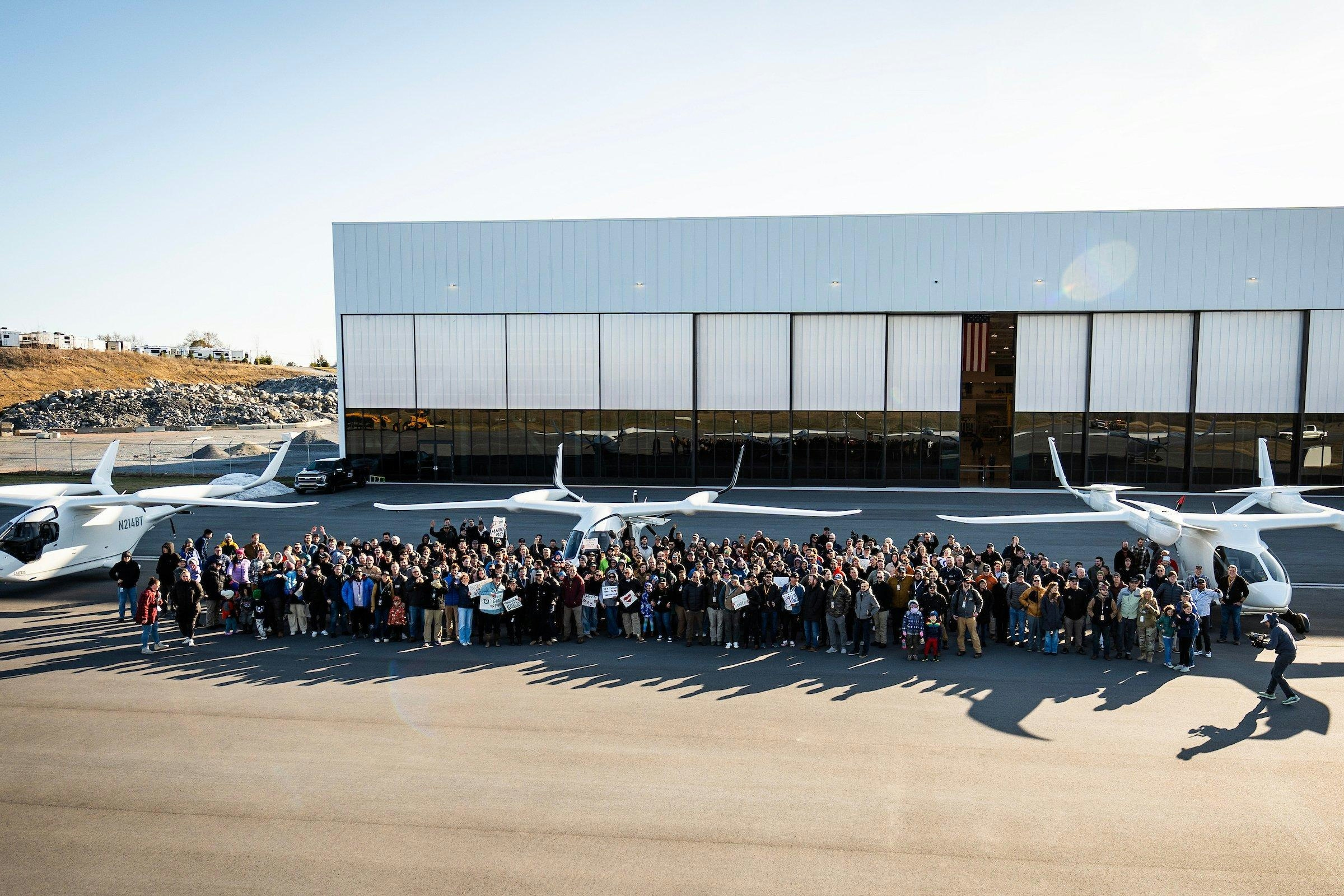
McGill Partners with Concordia, École Polytechnique, and Aéro

Faulty Installation of Supplemental Ignition System Causes Complete Engine Power Loss

Rick Rogers Named Vice President of Operations at Elliott Aviation
